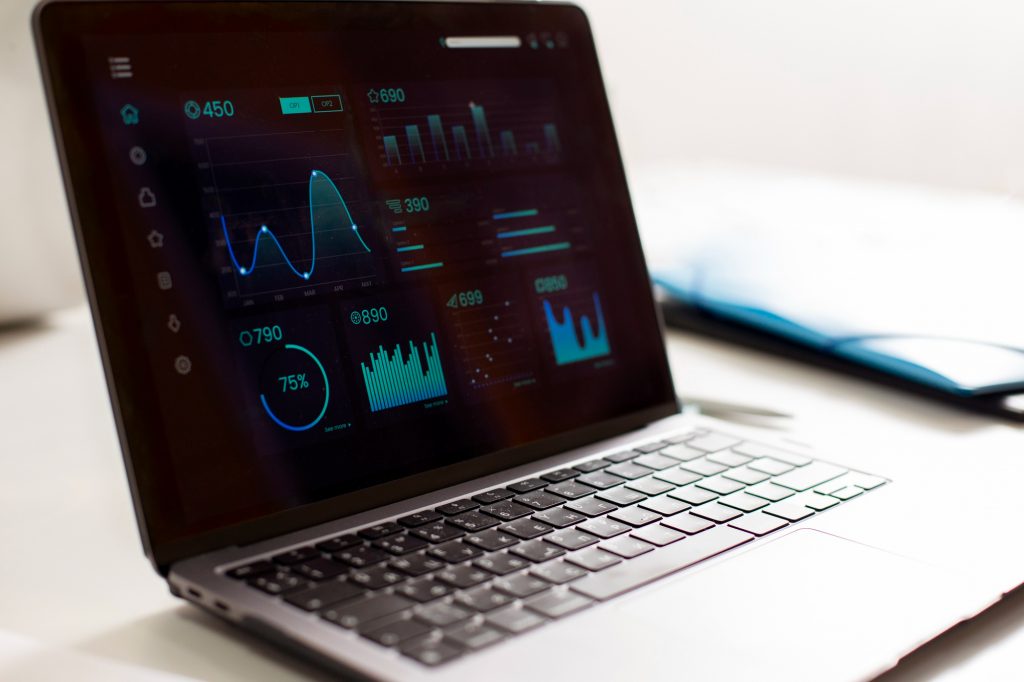The Role of Business Intelligence in Modern Data Analysis
5 Mins Read
Published on: 04 April 2024
Last Updated on: 13 November 2024

toc impalement
Data analytics beginners could do nicely to train themselves in Business Intelligence (BI). This blog will, with a bit of luck, shed light on the importance of BI and the way it could help you release the overall capacity of your facts, whether or not you are a seasoned practitioner or just beginning your Data Analytics Course. In this blog, we can explore the numerous dimensions of BI, from its applicability to Types of Data Analytics methods to its position in modern choice-making.
BI, from its applicability to Types of Data Analytics methods to its position in modern choice-making.
An Introduction to Business Intelligence

Before getting into the modern programs of BI, let’s have a better understanding of what it truly is. BI is a set of practices, strategies, and technology designed to help businesses amass statistics, analyse that information, and draw meaningful conclusions from it. As a result, corporations can make use of growth-fuelling strategic alternatives that could be unthinkable without it.
Different Varieties of Business Intelligence and Data Analysis
The seamless integration of BI with any sort of data analytics creates a win-win scenario for both parties. Here’s a breakdown of the ways in which BI complements conventional varieties of data analysis:
Descriptive Analytics
Descriptive analytics is a form of records evaluation used to shed light on past overall performance and patterns. In this context, the graphical dashboards and reviews produced by way of BI tools are valuable. The success of facts evaluation relies upon the Analyst’s potential to spot styles, preserve tabs on key overall performance signs, and deliver a birds-eye view of the organisation’s records.
Diagnostic Analytics
Diagnostic analytics goes beyond descriptive analytics by figuring out the reason for routine troubles or tendencies in the past. By supplying drill-down talents and stepped-forward reporting, BI systems help Analysts investigate anomalies and figure out their reasons.
Predictive Analytics
Foresight into the future is the purpose of predictive analytics. Businesses also make knowledgeable forecasts about customer behaviour, market trends, and capacity threats by incorporating predictive modelling technologies right into a BI platform. This cooperation guarantees that findings derived from historical facts are illuminating and predictive.
Prescriptive Analytics
Prescriptive analytics, which forecasts capacity outcomes and shows the most beneficial guides of action to achieve objectives, is the top of records analysis. Decision-makers can also enjoy the insights and pointers provided through BI gear whilst they are mixed with superior analytics algorithms. This permits companies to foresee potential troubles and, with a bit of luck, capture opportunities.
Real-time Analytics
Analysing data as it is generated allows for quick decision-making and instant insights. This is known as real-time analytics. It is instrumental in sectors where making choices quickly is essential, such as finance, telecommunications, and online retail. Real-time data visualisation, complex event processing (CEP), and stream processing are some of the techniques in this approach.
Spatial Analytics
Spatial analytics is the analysis of data with a geographic component. It is employed in various industries, including marketing, logistics, and urban planning, and it focuses on understanding patterns and correlations based on location. These techniques include geospatial analysis, location intelligence, and spatial data mining.
Text Analytics
Text analytics involves analysing unstructured textual data to extract insightful information. It uses methods like topic modelling, sentiment analysis, and natural language processing (NLP) to interpret textual data from various sources, like social media data and customer feedback.
Social Media Analytics
Social media analytics studies customer behaviour, sentiment, and trends by analysing data from social media platforms. It utilises methods like sentiment analysis, social network analysis, and social media monitoring to gather useful data for brand management, customer support, and marketing.
Web Analytics
Web analytics is the process of examining data to improve online presence and marketing strategies. This includes data on website traffic, user activity, and conversions. It consists of methods to enhance user experience and website performance, such as A/B testing, conversion tracking, and clickstream analysis.
Real-World Applications of BI

The actual value of BI will become apparent when its programs are tested throughout industries. Some of the ways in which BI remodels raw data into actionable insights are listed beneath:
Retail
Inventory management, demand forecasting, and client segmentation are all made easier with the use of BI tools in the retail industry. By analysing customer choices, retailers can screen product performance, expand best pricing techniques, and improve the buying experience for clients.
Healthcare
When it comes to healthcare, BI is important to the fulfilment of each patient’s care and internal operations. It helps medical centres have a look at affected person data, monitor the outcomes of care, and allocate available sources. BI aids in the early analysis and prevention of contamination by spotting styles and traits in healthcare information.
Finance
Businesses within the finance sector rely drastically on BI for risk management, fraud detection, and funding systems. With the assistance of business intelligence solutions, financial institutions can track transactions in actual time, look for purple flags, and make educated lending selections.
Marketing
BI is utilised in marketing for analysing campaigns, segmenting audiences, and calculating return on investment. Data evaluation of client actions, alternatives, and reactions to advertising campaigns lets entrepreneurs hone their techniques.
The Future of Advanced Analytics and BI
The interaction between BI and advanced analytics tools is becoming extra vital as data analytics matures. Organisations get greater significant insights from their statistics with the assistance of advanced analytics gear like machine learning and artificial intelligence. BI solutions provide a bridge between these analytical capabilities and routine decision-making.
Conclusion
BI plays a crucial role in data analysis techniques. It is a vital device for companies because it allows them to get from raw statistics to actionable insights. Suppose you want to free up the entire capability of your information and make educated choices. In that case, you should know how BI complements the many types of data analytics you’ll learn about in a data analytics course or as a data expert. BI and data analytics supplement one another, and this beneficial partnership has the capacity to form the future of data analysis, giving organisations the competitive aspect they need to thrive.


















Comments Are Closed For This Article